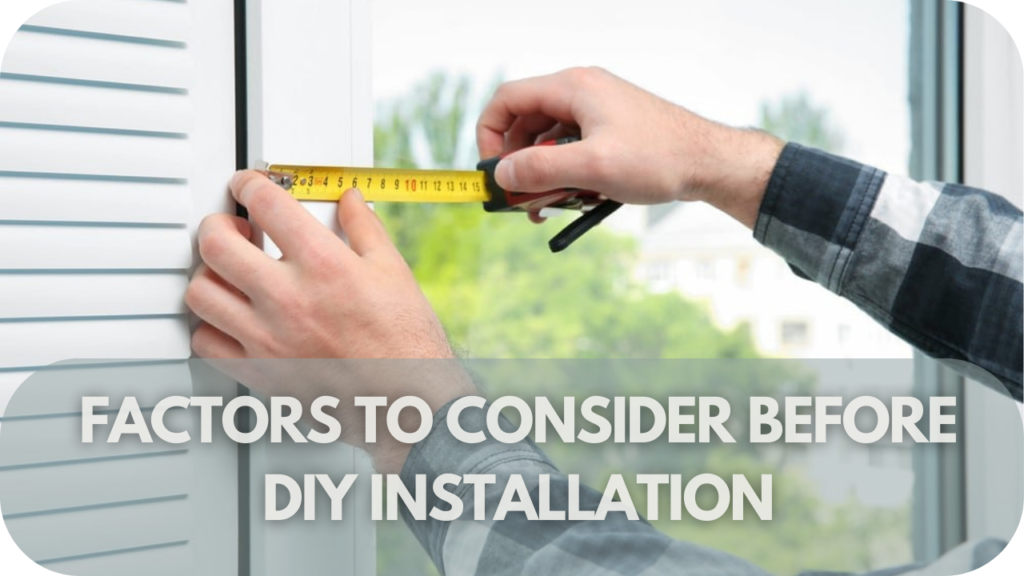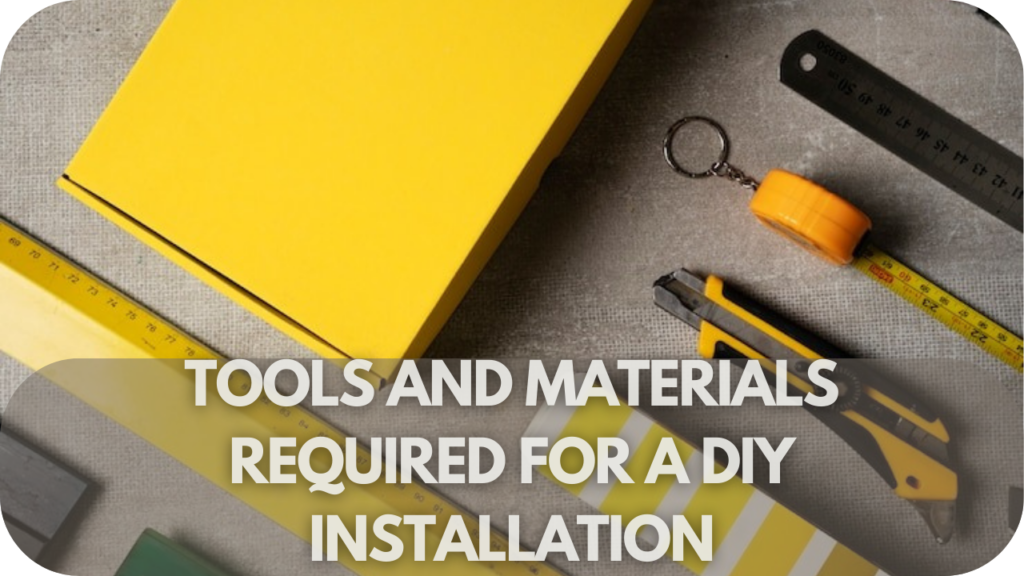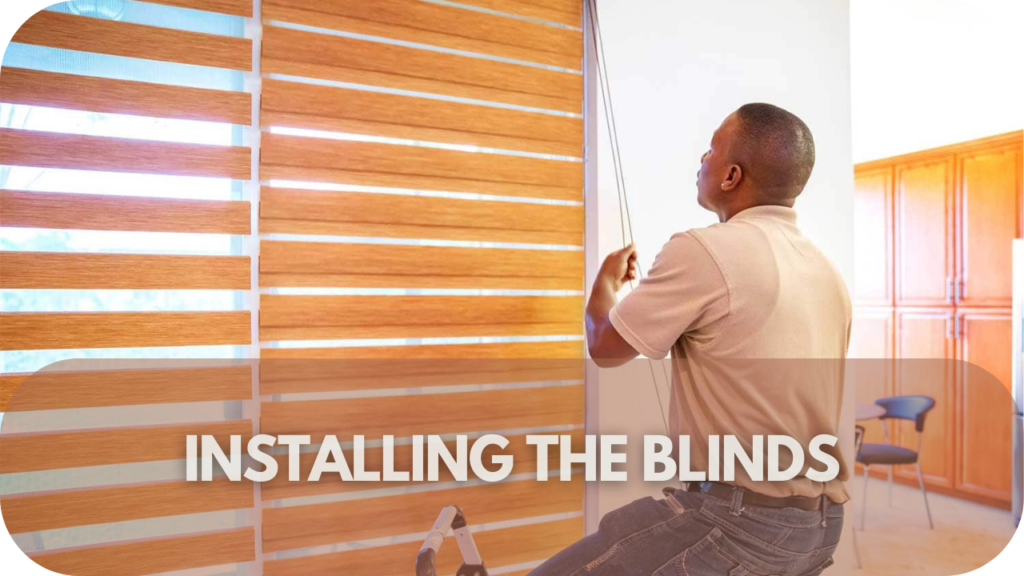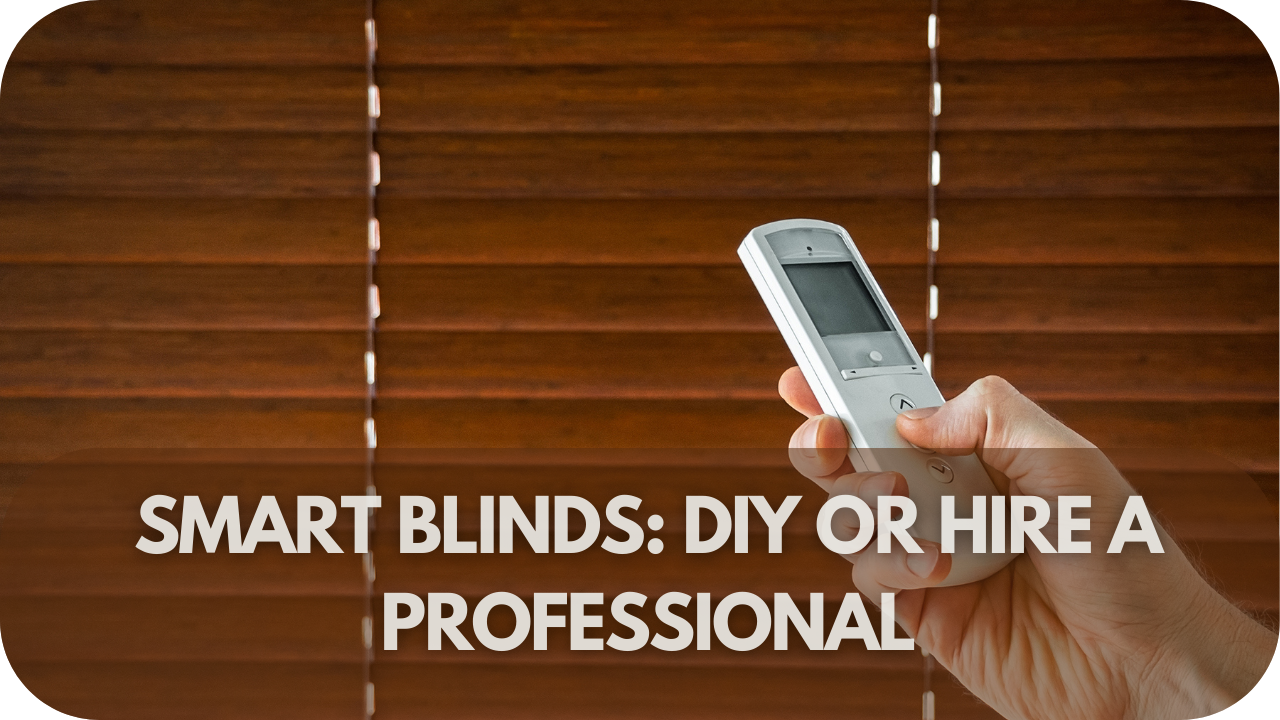I remember staring at the unopened box of smart blinds, wondering, “Can I install these myself?” With the promise of remote control and automated schedules, I was tempted to try it.
But then came the real question—what if I messed it up? The idea of hiring a professional crept in, and so did the urge to take on the challenge myself. Is the risk worth it, or should I leave it to the experts? Let me share what I learned…
Can I Install Smart Blinds Myself, or Do I Need Professional Help?
You can install smart blinds with basic DIY skills and the necessary tools. However, professional help is recommended for complex window designs or seamless integration with home automation systems to ensure proper functionality and safety.
Factors to Consider Before DIY Installation

Before installing smart blinds yourself, it’s essential to consider several factors to avoid unnecessary complications. Here are the key ones:
- Your Skill Level: Installing smart blinds requires understanding essential tools, measurements, and electrical components. If you’re unfamiliar with these, it might be challenging to ensure proper installation.
- Type of Blinds: Different smart blinds have varied installation processes. Some are simple plug-and-play systems, while others may require hardwiring, making the latter more complex.
- Window Complexity: The shape, size, and position of your windows can significantly affect the ease of installation. For example, large or high-up windows may need extra tools, like ladders, or even professional assistance.
- Tools and Time Required: DIY installation requires specific tools such as drills, brackets, and levels and might take longer if it’s your first time. Ensure you have all the necessary equipment and allocate enough time.
- Warranty Concerns: Some manufacturers may void the warranty if the installation isn’t done professionally. Double-check the terms before proceeding.
- Electrical Setup: Depending on the type of smart blinds, some might need electrical wiring, which can be a safety hazard if not handled correctly.
DIY Installation: What to Expect
When taking on the DIY installation of plantation shutters, it’s essential to be prepared for both the rewards and challenges. Here’s what to expect:
Tools and Materials Required for a DIY Installation

Before starting, it’s essential to have the right tools and materials. Here’s what you’ll need for installing smart blinds:
- Measuring tape: Accurate measurements are crucial for a good fit.
- Power drill: To secure brackets and hardware.
- Screws and wall plugs: Appropriate for the wall or window frame material.
- Screwdriver: For fine adjustments and tightening screws.
- Level: Ensures the blinds are mounted evenly.
- Ladder or step stool: Helps with reaching higher windows.
- Wire connectors (if needed): Electrical connections are essential for hardwired blinds.
Step-by-Step Guide for Installing Smart Blinds
Installation typically involves attaching the frame to the window and securing the shutters. Precision is critical at this stage to ensure they open and close smoothly. Here is a step-by-step guide :
1. Measuring the Window
Use a measuring tape to determine the width and height of the window. Measure in multiple places to ensure accuracy, especially if the window isn’t perfectly square. Write down the exact dimensions to avoid sizing issues.
2. Mounting the Brackets
Decide whether you’ll install the blinds inside or outside the window recess. For inside mounts, leave room for the blinds to operate. Use a pencil to mark where the brackets will go, ensuring they’re level. Drill pilot holes, then secure the brackets using screws.
3. Installing the Blinds

Once the brackets are mounted, attach the blinds according to the manufacturer’s instructions. Most smart blinds will snap or slide into the brackets easily. Use a level to ensure they’re straight.
4. Connecting to Power
Connect the power source for motorised blinds. If the blinds are battery-operated, insert the batteries into the designated compartment. For hardwired options, ensure all wiring is connected safely, using wire connectors if necessary. If you’re not comfortable with electrical work, consider hiring a professional.
5. Syncing with the App
Follow the manufacturer’s instructions to connect the blinds to your home’s smart system or app. This process usually involves pairing the blinds with a remote or app using Bluetooth or Wi-Fi.
Common Challenges Faced During DIY Installations
Proper preparation and following these steps will make your DIY installation process smoother and more efficient. However, if you need clarification on any part of the process, especially electrical work, it’s worth seeking professional help to avoid costly mistakes.
- Incorrect Measurements: Taking inaccurate measurements can lead to blinds that don’t fit properly. Always double-check your measurements and follow manufacturer recommendations.
- Misaligned Brackets: Mounting the brackets unevenly can result in blinds that don’t function correctly or hang crookedly. Using a level during installation helps prevent this issue.
- Wiring Issues: For hardwired blinds, improper electrical connections can lead to malfunctioning or unsafe setups. Following the wiring instructions carefully or consulting a professional electrician is essential.
- Compatibility with Smart Home Systems: Sometimes, smart blinds may need to integrate smoothly with your existing smart home setup, requiring troubleshooting with apps, remotes, or voice assistants. Ensure your blinds are compatible with your system before purchasing.
When to Hire a Professional

While DIY installation can be rewarding, there are several situations where hiring a professional is the better option.
Installation can become tricky when dealing with complex installations like unusually shaped windows, bay windows, or large, heavy blinds. Professionals have the tools and experience to ensure these installations are done correctly without damaging the window frame or the blinds.
Hiring an electrician or a certified installer is advisable for motorised smart blinds needing hardwiring. Incorrect wiring can lead to safety hazards or malfunctioning blinds, and professionals ensure everything is connected correctly and meets safety standards.
Custom blinds often come with specific installation requirements. Missteps during DIY installation can void warranties or reduce the lifespan of your blinds. A professional will ensure that these tailored window treatments are installed with precision.
Many manufacturers offer only valid warranties if certified professionals install the blinds. Hiring an expert ensures your blinds are installed according to manufacturer standards, protecting your investment.
If you’re short on time or not confident with DIY tasks, a professional can complete the installation quickly and efficiently. This eliminates the risk of mistakes and saves you the hassle of figuring out complicated instructions.
Pros and Cons of DIY Installation
This table summarises key factors to consider when deciding between DIY installation and professional help.
| Pros | Cons |
| Cost Savings: No need to pay for professional installation services, reducing the overall cost. | Risk of Incorrect Installation: Mistakes in measuring or installing could lead to better-fitted blinds or damage. |
| Flexibility: You can install the blinds without scheduling an installer. | Time-Consuming: The process may take significantly longer than hiring a professional, especially if you’re unfamiliar with the tools. |
| Personal Satisfaction: Completing a successful DIY project can be rewarding and provide a sense of accomplishment. | Complexity: Installation can become complicated with irregular window shapes, motorised blinds, or wiring. |
| Customisation: You have complete control over the installation process, allowing for personal adjustments during setup. | No Warranty Coverage: Some warranties are only valid when installed by certified professionals, which could void your coverage |
| Immediate Access to the Process: No need to wait for an appointment—once you have the blinds, you can start immediately. |
Conclusion
Deciding whether to install smart blinds yourself or hire a professional depends on your confidence, tools, and the complexity of the task. While DIY can save money, tricky wiring or large installations may require expert help.
Ready to make the smart choice? Contact Into Blinds Melbourne for seamless installation and expert advice tailored to your home.


